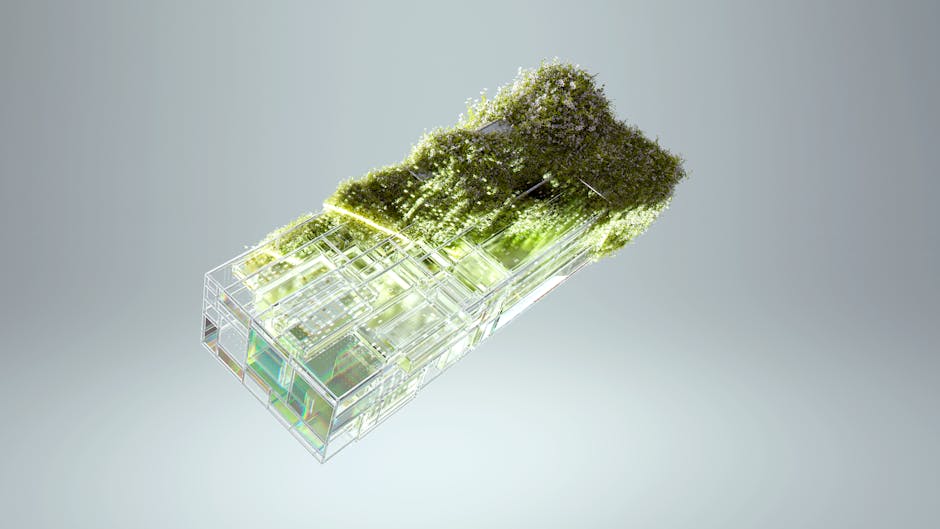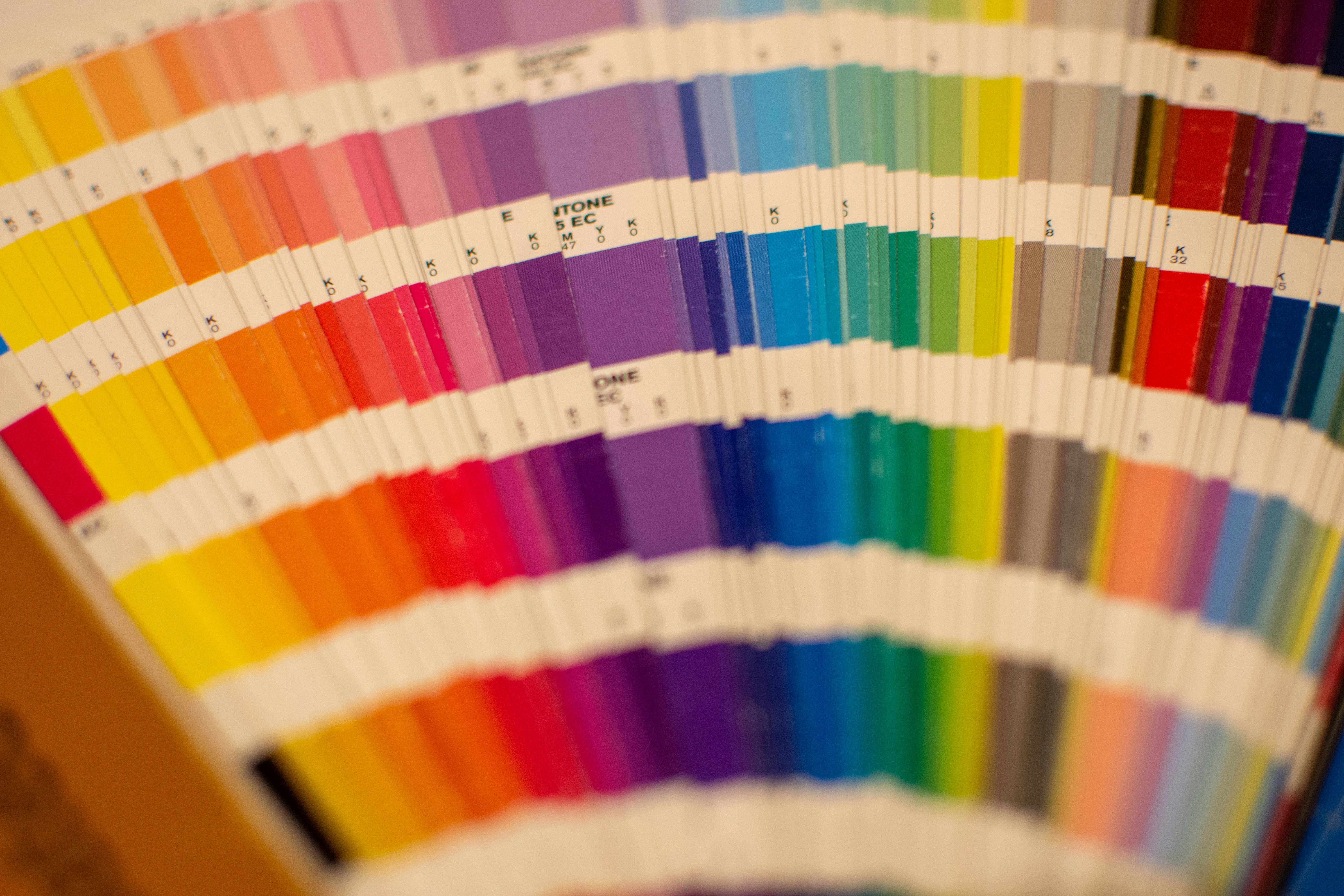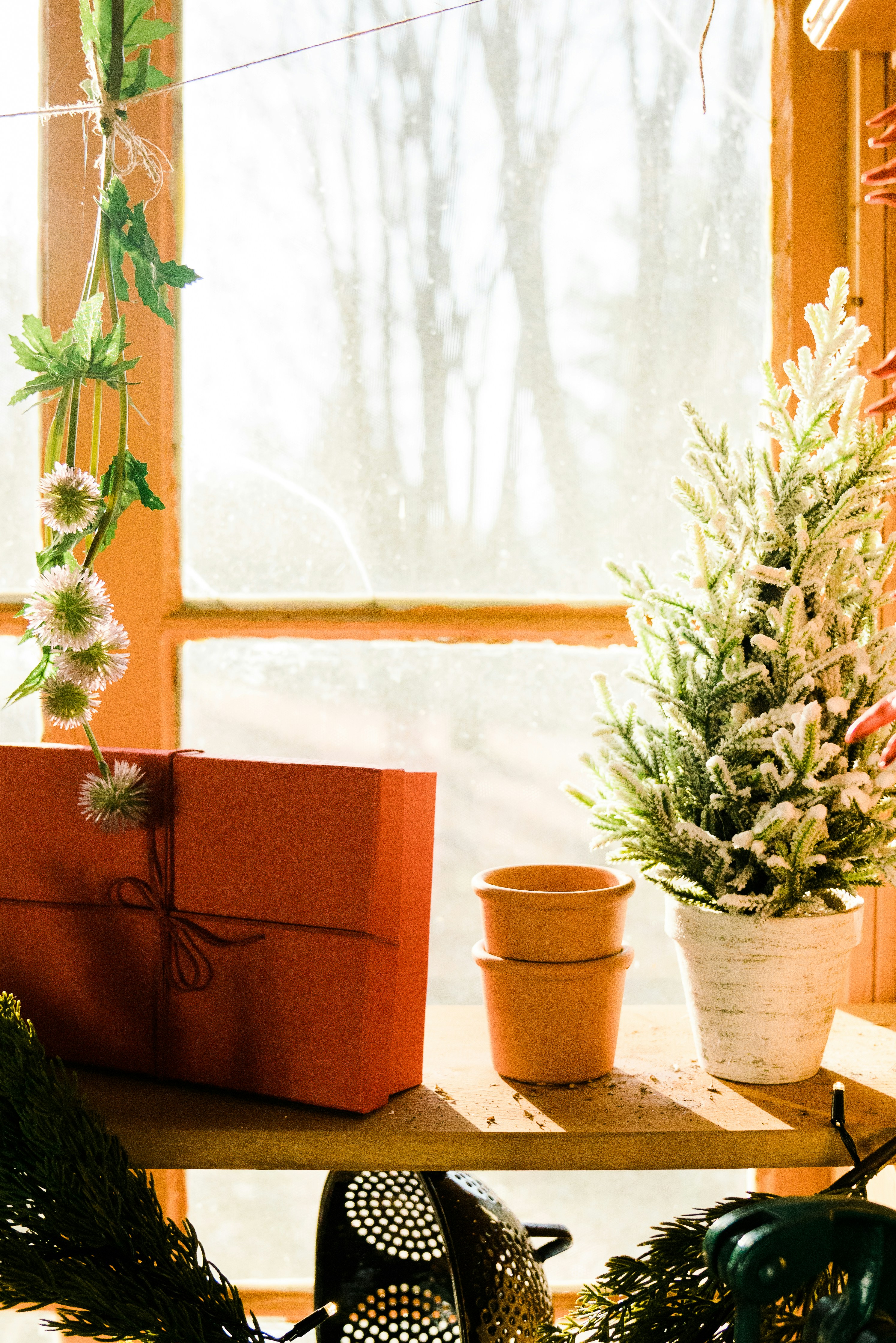Living Decor: Discover Biophilic Design for Your Home Spaces
In our fast-paced, technology-driven lives, finding ways to reconnect with nature within our living spaces feels more pressing than ever. Enter biophilic design, a transformative approach that encourages us to bring the beauty of the outdoors inside, truly reshaping our homes. This article delves into the benefits, challenges, and unique ways you can leverage this design philosophy in your own space, ensuring your surroundings not only look good but also promote well-being and a profound connection to nature.
What is Biophilic Design?
At its core, biophilic design is about enhancing our daily lives by incorporating natural elements into our interiors. The term "biophilia," coined by psychologist Erich Fromm, suggests an innate human inclination to affiliate with nature and other forms of life. While modern architecture often prioritizes functionality and aesthetics over these natural connections, biophilic design bends that norm, allowing natural light, organic materials, and even the colors and textures of nature to weave through our home environments.
The Benefits of Biophilic Design
1. Enhanced Well-Being
Numerous studies show that perspectives of nature significantly enhance our well-being. For instance, the benefits include improved mood, decreased stress, and heightened creativity. A home designed using biophilic principles can actively contribute to our mental health. With greenery, water elements, and natural lighting, we foster an environment conducive to comfort and peace.
2. Increased Productivity
Exposure to natural elements can mimic conditions found in a peaceful outdoor setting, enhancing our focus and productivity. Whether it’s a home office, studio, or simply a personal nook, implementing biophilic design strategies can lead you to perform at your best. Lauded productivity resources like Harvard Business Review emphasize the link between nature and our efficiency, offering compelling insights into why this approach matters.
3. Ecological Benefits
Biophilic design also encourages environmental responsibility. Using sustainable materials and fostering plants encourages a deeper respect for the environment. This symbiotic relationship doesn't just boost our homes; it works to heal our planet’s ecosystems, illustrating the true essence of ‘living decor.’
Challenges of Implementing Biophilic Design
Though the benefits are clear, embarking on a biophilic design journey presents its own set of unique challenges.
1. Space Limitations
Many urban dwellers might feel that their small apartments can't accommodate such expansive design philosophies. Yet, that's where creativity thrives! Options like vertical gardens or potted plants can transform even the smallest spaces into inspiring, oxygen-rich retreats. Indeed, you may want to check out how to maximize your space with living walls.
2. Cost Considerations
While biophilic design can be achieved on various budgets, some elements—such as large windows or high-quality materials—can be costly. The key is prioritizing elements that matter most to you. Even simple changes, like selecting houseplants or nature-inspired artwork, can deliver impactful results without breaking the bank.
3. Maintenance Requirements
Another aspect to consider is the ongoing care that natural elements require. Some plants need regular watering, specific lighting, and occasional pruning. Ensuring the longevity of your biophilic design takes dedication, but the payoff—a beautifully balanced living environment—is worth it.
Easy Ways to Integrate Biophilic Design
So, how can you start transforming your home into a living decor haven? Here are several entry points to explore:
1. Bring the Outdoors In
Start small with fresh flowers or hardy indoor plants that thrive in your home’s lighting conditions. Consider incorporating DIY biophilic project ideas to create a unique space tailored to your tastes.
2. Maximize Natural Light

If your space allows, prioritize natural light through large windows or skylights. If structural changes aren’t feasible, mirrors can enhance light reflection, making rooms feel airier. The art of layering textures and colors can also transform the way light dances in your space.
3. Utilize Natural Materials

From wood to stone, the richness of natural materials breathes life into spaces. Consider reclaimed wood for furniture, bamboo accents, or stone touches in your decor to evoke a natural feel. You can build truly stunning pieces while saving our planet’s resources in the process.
4. Incorporate Patterns Found in Nature

Geometric patterns inspired by nature, such as leaf shapes or fractals, can create stunning visual effects within a home. Consider adding accents like patterned throw pillows or art pieces. We've also discussed how geometric patterns can visually transform your decor.
5. Engage the Senses

Biophilic design goes beyond the visual or touch—it appeals to all the senses. Start including soundscaping elements such as small water fountains or chimes to enrich the auditory experience of your home. The atmosphere created by the sounds of nature can be a soft yet powerful motivator.
Embracing Technology in Biophilic Design

Innovations in technology have paved the way for integrating smart home solutions into biophilic design. Automated lighting systems, temperature control, and irrigation systems for plants can be programmed to work in harmony with natural elements, making maintenance seamless and less intrusive.
You might want to explore how technology enhances your transition into biophilic spaces, ensuring that technology complements, rather than hinders, your connection to nature.
Final Thoughts: Your Path to a Living Decor Haven

Embracing biophilic design transforms mere aesthetics into lifestyle choices that enrich our lives. By intertwining nature with home decor, we’re not just improving our interiors; we’re enhancing our mental states, productivity levels, and connections with the environment. Dive into projects, big or small, revel in the journey of creating your own little sanctuary inside your home.
As you contemplate the myriad paths to integrating biophilic principles, remember that the journey starts with a single step—the choice to prioritize elements of nature in your home.
Don’t forget to explore ways to integrate aromatherapy with your decor, as well. Check out creating aromatic art that adds soothing scents to your living spaces. You’ll find that each thoughtful touch in your home invites you to breathe deeply and revel in your surroundings, crafting not just a home but a holistic lifestyle.














